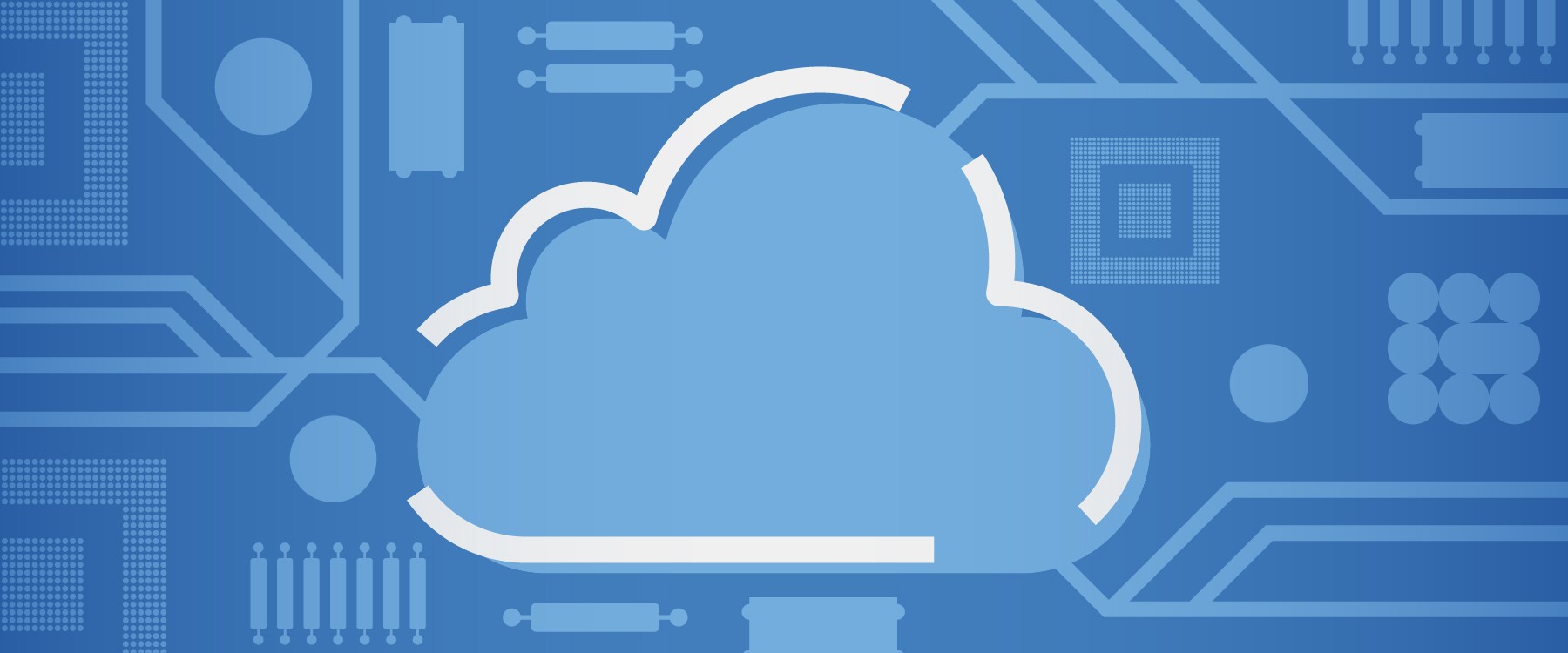Big data is a combination of structured, semi-structured, and unstructured large and complex volumes of data that has the capabilities to grow exponentially in time. It is often used in machine-learning projects, analyzing insights, predictive modelling, and advanced analytical applications. Simply put, because of big data, organizations can fundamentally know and measure their business while having the confidence to forecast, translate and improve their next big business decision.
The History of Big Data
The term ‘big data’ has been used since the early 1900s. For centuries, organizations have been using analytic data techniques to support their decision-making processes. However, in the last two decades, since many technologies and organizations have migrated into a more digitized world, the volume and speed of data in which data is generated have changed beyond human comprehension. Around the early 2000s (often known as the “Birth of Web 2.0”), with the expansion of web traffic, users realized the immense amount of data users generate on social media platforms such as Facebook, YouTube, Twitter, and various online platforms. This opened a world full of endless possibilities in data. In 2005, we saw the creation of open-source frameworks such as; Hadoop- specifically crafted for storage and analysis of big data sets. Its functions made big data easier to work with and particularly useful for unstructured data (voice, raw text, video, etc.) and cost-effectively storing. While big data has come this far, this is only the beginning. Cloud computing has expanded big data possibilities even further, anticipating its expansion.
The ‘V’ principles of big data
The notion of storing large amounts of data has become a standard component of data management architectures. Due to its size and complexity, it is difficult or impossible to store or process using traditional data management methods. The concept of big data and its three characteristics was first identified and popularized in 2001 by Doug Laney at consulting firm Meta Group Inc. Laney articulated the now mainstream principles of big data: volume, velocity, and variety, allowing big data to gain momentum.
Volume – The amount of data is essential. Volume refers to a large number of data in many environments. With big data, organizations have to process high volumes of low-density, unstructured data. Organizations collect data from various sources, such as clickstreams on web pages, mobile apps, social media data feeds, industrial equipment, and so much more. The amount of data varies for each organization; this might be terabytes or hundreds of petabytes. In the past, storing a large amount of data could be costly; today, cheaper storage using data lakes or clouds has mitigated those factors.
Velocity – Velocity is the speed of generating, collecting, and processing big data. Real-time and rapid information provides organizations with a competitive advantage. Internet-enabled products such as; sensors, RFID tags, and smart meters operate in real-time, requiring real-time analysis and action.
Variety – Variety refers to the many types of data formats that are available. With the rise of digitized business activity, new sources of information come in new unstructured big data types compared to traditional data types that are structured and fit neatly in a database. Big data available is often unstructured and semi-structured – not organized in a database, such as text, numeric, image, video, and audio. Today, unstructured big data types require additional processing and formatting to support new technologies such as Metadata.
Additional V’s – Veracity and Variability
Two more additional v’s in big data principles have emerged over the years, variability and veracity.
Variability – The flow of data is unpredictable, and its changing nature varies greatly. Variability can also refer to the inconsistent speed at which data is loaded into your database. Organizations must keep track of digital and social media trends proactively and look for inconsistencies in the data while managing daily, seasonal, and event-triggered data loads.
Veracity – As properties such as; volume and velocity increase, the confidence or trust in data declines. Veracity refers to the reliability or integrity of the data source, its context, and how meaningful it is when analyzed. Knowledge regarding the veracity of big data helps organizations understand risks associated with analysis and business decisions based on particular data sets.
Why is Big Data Important?
Think of the world’s largest tech corporations; a significant part of their value propositions come from their data. These corporations proactively analyze their data to develop new products and services efficiently, while allowing them to optimize their operations and customer experiences in confidence. Every company uses big data in different ways. However, the value of data doesn’t revolve around the amount of data you have; its importance is rooted in how to utilize it.
Big data has the capabilities to address a range of activities in your organization; from customer experiences to analytics. By taking big data from any source and combining it with high-performing analytics, you have the power to accomplish business-related tasks such as:
- Determining and detecting root failures, fraudulent behaviors, issues and defects immediately, in near real-time, before it affects your organization.
- Spotting data inconsistencies quicker and more accurately than the human eye.
- It saves costs. Big data tools and companies such as Think Data Group, Hadoop, and Spark bring cost-saving benefits to organizations that need to store large amounts of data. These innovative tools help organizations leverage and identify effective ways to do business.
- Comprehensive big data analysis helps businesses identify customer pain points, trends, and patterns to lead to profitable business growth.
- Big data shapes all business operation models and supports an organization’s product or service line. It guarantees robust marketing campaigns.
How big data works
Big data refers to collecting, storing, processing, and analyzing large amounts of data sets to assist organizations in operationalizing their big data. Before businesses dive into a world of big data and maximize its value, it’s crucial to consider how it flows amongst a myriad of locations, big data sources, systems, owners, and users. Getting started involves these key actions below:
Big Data Strategy: Big data is capital. Therefore, it should be treated like any valuable business asset rather than just a byproduct of an application. A big data strategy is a blueprint that sets the standard for business success, helping businesses define their competitive advantage amidst an abundance of data. Big data strategies are designed to help you pinpoint, improve, and oversee how you store, accumulate, manage, and share your data within your organization. Before developing your big data strategy, organizations must consider existing and future business and technology initiatives.
Collecting, Managing, and Storing: Data collection varies for different organizations. With today’s technology, organizations can gather unstructured and structured data from various sources such as; IoT storage, cloud sensors, on-premises, and beyond. Cloud storing is increasing in popularity as it supports current technologies and requirements. However, some organizations store big data on-site in traditional data warehouses where innovative business tools can easily access it. As mentioned above, there are now cost-efficient tools such as Hadoop and Spark that offer flexible, low-cost options for storing and handling large amounts of data.
Analyzing Big Data:
Your valuable investment in big data pays off when you analyze your big data correctly. Analyzing big data, in return, could turn into big valuable insights for your organization and give organizations a sense of clarity and direction. Some of the big data analysis methods include:
Comprehensive or Deep Learning: High-performing technologies such as artificial intelligence or machine learning imitate human learning patterns by learning to layer algorithms and finding patterns in the most abstract big data sets.
Predictive Analytics: Using an organization’s historical data helps determine which data is relevant before analyzing. This method is used to predict an organization’s future and identify risks and opportunities.
Data Mining: The method of data mining sorts through large data sets to identify patterns and relationships. In addition, it identifies any anomalies and creates data clusters.
Smart Data-Driven Decisions: It’s no surprise that data-driven organizations remain profitable, perform better and carry out streamlined operational processes. Well-managed data sources that hold integrity leads to trusted business decisions. For organizations to stay top-of-mind in a sea of competitors, businesses must seize the opportunity to use valuable data-driven evidence presented by big data rather than perform on gut instincts.
Next Steps:
Whether you’re new to a world of big data, a buyer, a user or a seller, the dedicated group of digital natives at Think Data Group delivers on the complete big data cycle to help you monetize data, helping you stand out from your competitors while using big data to achieve your business goals. We offer an unmatched global view of the markets and opportunities.
Learn more






